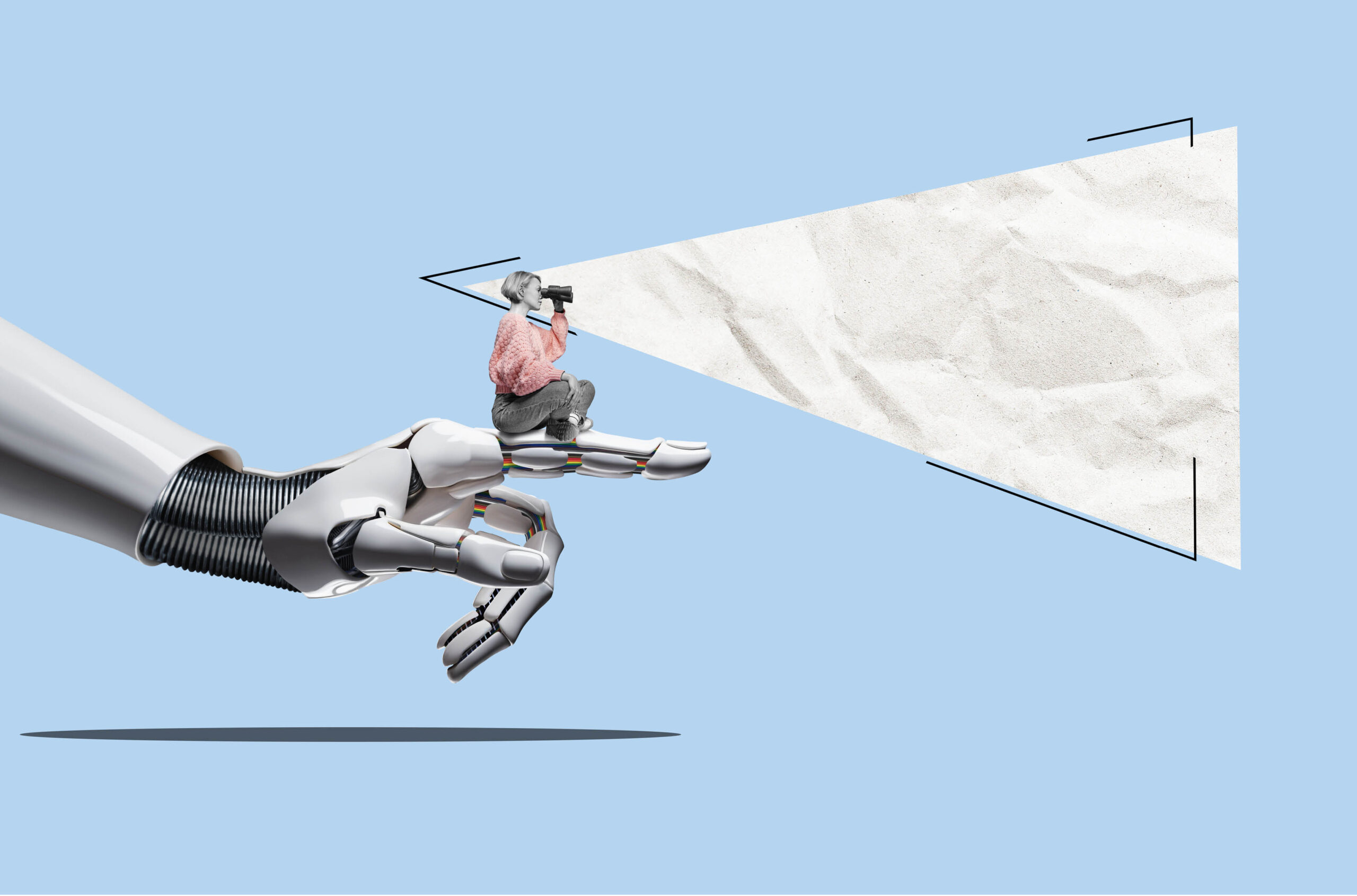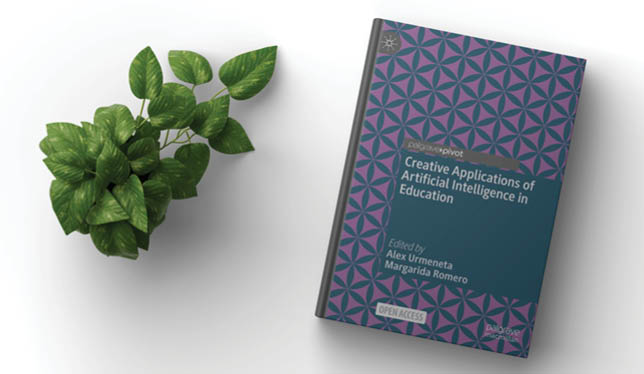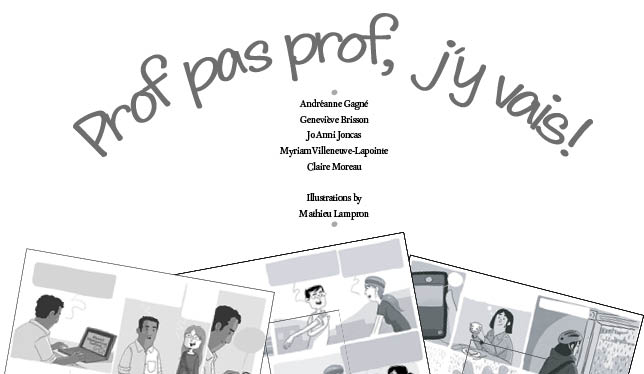How faculty development can be supported in the age of AI
Institutions need to identify what the professoriate needs in order to use new technologies wisely.

Technological advances including virtual and augmented reality, AI and machine learning and gamification are transforming the postsecondary education landscape. So far most of the discussions about these technologies have focused on their implications for students, institutional policies, or ethical behaviours with little focus on supporting faculty in gaining adaptive expertise to thrive in these uncertain environments. How can faculty development then be reimagined to support the ever-changing landscape of AI in higher education?
With a few notable exceptions, faculty development has tended to be more opportunistic or ad hoc. This has often led to the faculty development curriculum to drive itself, rather than intentionally being designed to align with identified competencies. Competency-based medical education – even with its imperfections in design and implementation – has benefited from an integrated, systemic and holistic approach, based on sound education principles and a cohesive curriculum, all to support development of competencies to meet societal needs. Faculty development in the age of AI would benefit from a similar systems approach that supports and optimizes faculty development, such as:
- Identify faculty needs as they relate to AI
The first step would be to generate ideas for what it is that faculty need in order to use AI wisely. Ideally this process would not take place in isolation but would engage an entire community with a diverse skill set to think in an informed and holistic way about these needs. Faculty have multiple roles, including being teachers, researchers, leaders, mentors and administrators. As such, the need for fluency should be adaptable to each.In addition, in such a rapidly evolving field, faculty should also be primed to analyze and adjust to future developments – what are the skills needed to do that as seen through an AI lens?
- Align competencies with identified needs
The second step takes those needs and considers the competencies required to meet them. For example, if one goal is to educate learners in their course about ethical use of AI, competent faculty need to know how AI works and what its advantages and pitfalls are based on its inherent design and how to maximize strengths and mitigate weaknesses. Another faculty need – tied to a research role – could be how to wisely use AI to accurately narrow down a literature review. This requires awareness of how AI searches are carried out.
- Build the AI faculty development curriculum
The curriculum would then deliberately map those needs and competencies, considering the following: what knowledge and skills are stand alone and which need to be delivered sequentially? What is the value of an AI community of practice and a trusted coach? These questions will have to take into consideration that faculty will come into this with varying degrees of knowledge, skills and interests, necessitating a way for people to enter the curriculum at different phases. They also need to consider how the curriculum is being delivered, including opportunities for AI faculty development to be delivered in-situ.
- Ongoing assessment
Assessment has typically not been a part of faculty development but has enormous potential to facilitate and promote learning. Many faculty shy away from this because for them assessment and evaluation has typically been high stakes, value-laden, lacking clear benchmarks for their multiple roles and not incentivized or supported. Using feedback on performance for reflection and learning rather than judgement is known to enhance learning significantly. This could be scaffolded, self-directed reflection where faculty compare their knowledge to their identified desired competence for the role being developed, or it could be facilitated by a mentor or coach.
Facilitators of such a competency-based faculty development system would be deliberate in nurturing professional growth. Ideally there would also be some evaluation of the effectiveness of such an educational strategy, pushing beyond knowledge acquisition to competent use of AI in the various faculty roles.
All of these steps will require time, personnel and financial resources. Yet, it is worthwhile to invest in creating a strong framework and avoid the phenomenon of “building the bridge as we walk on it,” an inherently unstable approach prone to collapse and incapable getting people where they need to be in regards to their use of AI.
Klodiana Kolomitro is the special advisor of undergraduate research and cross-appointed to the department of biomedical and molecular sciences at Queen’s University. Karen Schultz is the associate dean of postgraduate medical education in the faculty of health sciences at Queen’s.
Featured Jobs
- Psychology - Assistant Professor (Social)Mount Saint Vincent University
- Indigenous Studies - Faculty PositionUniversité Laval
- Accounting - Tenured or Tenure-Track Faculty PositionUniversity of Alberta
- Electrical Engineering - Assistant Professor (Electromagnetic/Photonic Devices and Systems)Toronto Metropolitan University
- Electrical and Computer Engineering - Assistant/Associate ProfessorWestern University















Post a comment
University Affairs moderates all comments according to the following guidelines. If approved, comments generally appear within one business day. We may republish particularly insightful remarks in our print edition or elsewhere.